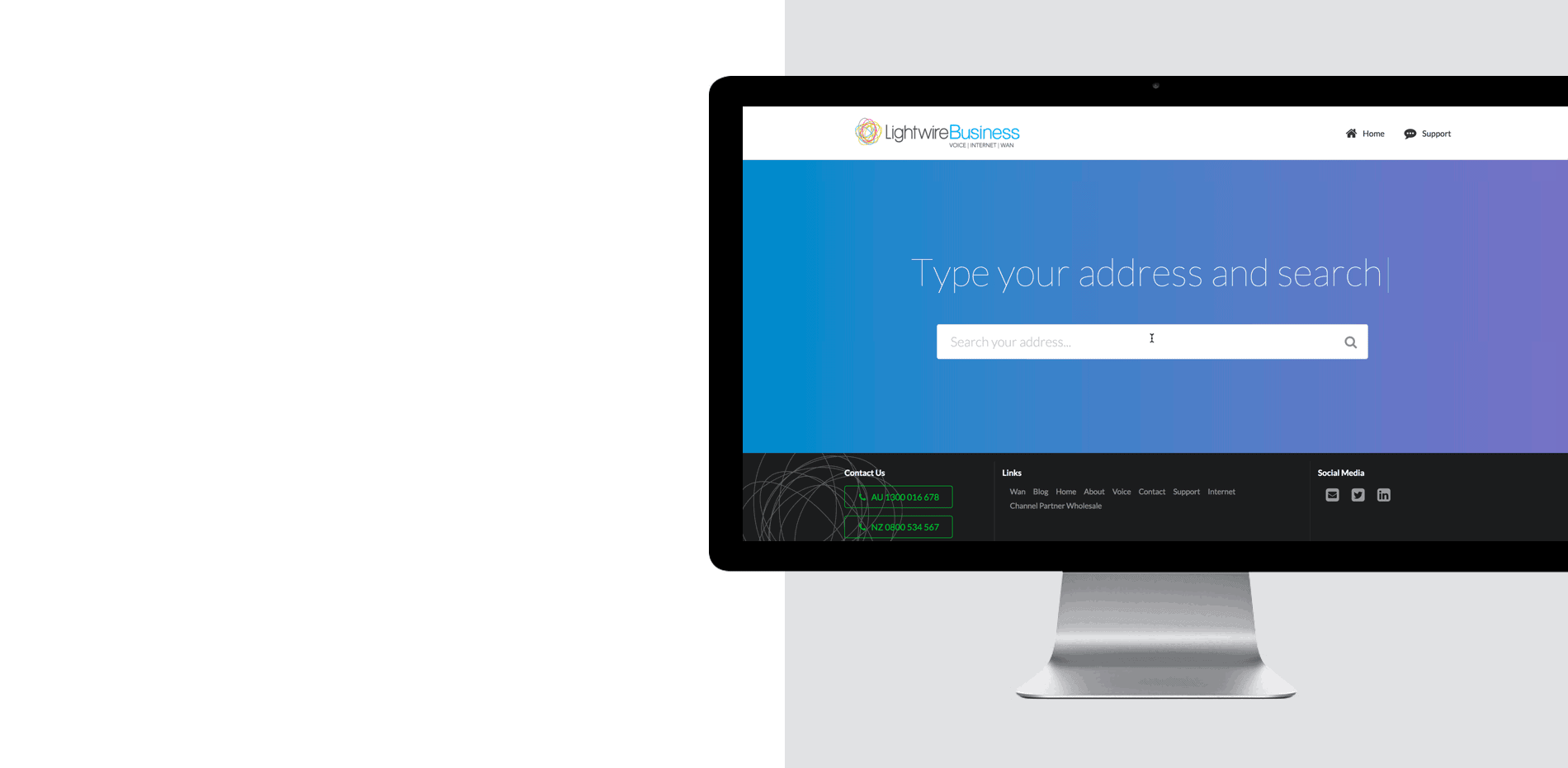If you have been a client of Lightwire for some time you will be used to the process of receiving a PDF agreement, needing to print, sign, scan, and email back in order to have a service provisioned. Now Lightwire has moved to digital agreements for a number of services, including:
- ADSL2+/VDSL/Boost VDSL
- All UFB services
- Chorus HSNS
We will be progressively rolling out more fibre services to this list such as those offered by Unison, Electricity Ashburton and Vodafone.
At present voice services are not able to be ordered using a digital agreement, but we are also looking at addressing that as soon as possible.
The most exciting prospect in this area, and what we are targeting for release as soon as possible, is the looming ability for our partners and clients to enter service details, generate a contract for themselves to digitally sign, and have that trigger the ordering process within our system. This will all be done through Illume (our customer portal).
Please see the video below for an overview of the logic behind the process.
In order for us to create an agreement, we will need the following information for each order:
- Site contact – name/email/phone number
- Accounts contact – name/email/phone number
- Technical contacts – name/email/phone number
Brendan Ritchie
